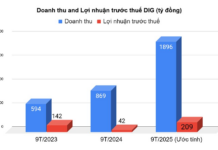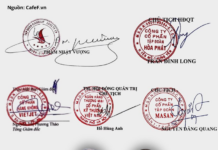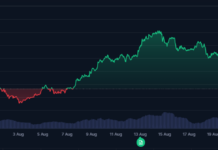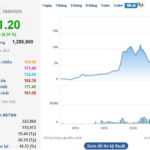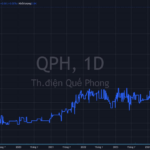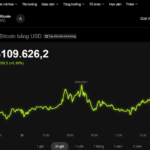Last month, Chinese car brands captured 5.5% of the European automotive market share. With 43,500 units sold, Chinese car sales in Europe surged by 121% compared to August 2024.
Total car sales in Europe for the month reached 790,000 units, a 5% increase year-over-year, driven by rising demand for electrified vehicles. Plug-in hybrid vehicles (PHEVs) saw significant growth, with 83,900 registrations, up 59% from the previous year, boosting their market share to 10.6%.
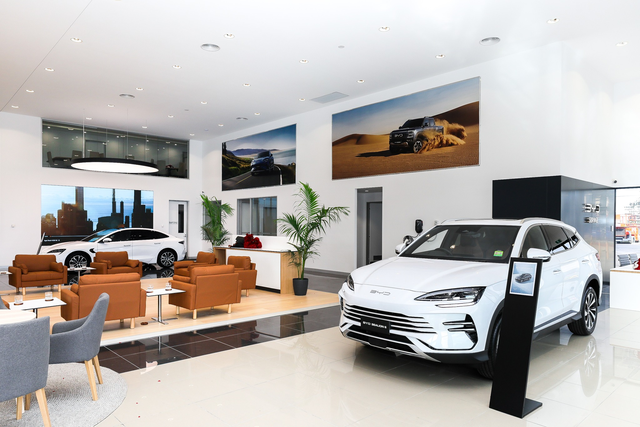
Chinese car sales in Europe show robust growth. Illustrative image
According to Jato Dynamics, battery electric vehicle (BEV) sales also rose by 27% year-over-year, accounting for 20.2% of the market, a 3.6 percentage point increase. This marks the highest market share ever achieved by BEVs in Europe. From January to August, 1.54 million electric vehicles were registered in Europe.
Summary Table of Car Sales in Europe:
| Aug 2024 | Aug 2025 | Change | |
|---|---|---|---|
| Total Sales | 752,847 | 790,177 | +5% |
| Electric Vehicles | 125,494 | 159,746 | +27% |
| PHEVs | 52,820 | 83,872 | +59% |
| SUVs | 408,561 | 451,737 | +11% |
| Chinese Brands | 19,707 | 43,529 | +121% |
| European Brands Owned by China | 23,601 | 19,613 | -17% |
(Unit: vehicles; Source: Jato Dynamics)
Chinese Automakers Accelerate into Europe
At this pace, traditional European automakers can hardly rest easy. The primary concern is that Chinese brands are increasingly appealing to European consumers, posing a threat to established giants.
Audi sold 41,300 units and Renault 37,800 units in August—both traditional powerhouses—yet they were outpaced by Chinese brands.
However, it’s worth noting that the 43,500 units attributed to “Chinese brands” come from 40 different companies. JATO highlights that 84% of these sales are from just five brands: MG, BYD, Jaecoo, Omoda, and Leapmotor.
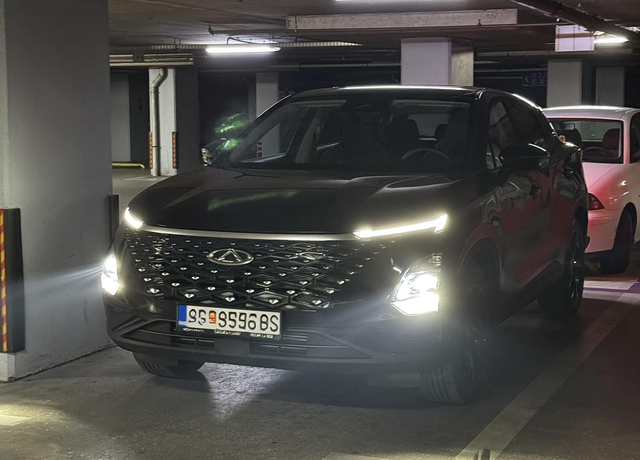
Statistics reveal that MG outsold both Tesla and Fiat, BYD surpassed Suzuki and Jeep, and Jaecoo & Omoda outperformed Alfa Romeo and Mitsubishi.
Felipe Munoz, an analyst at Jato Dynamics, commented, “European consumers are responding positively to the increasingly competitive lineup from Chinese brands. It seems they have successfully overcome previous barriers related to perception and familiarity.”
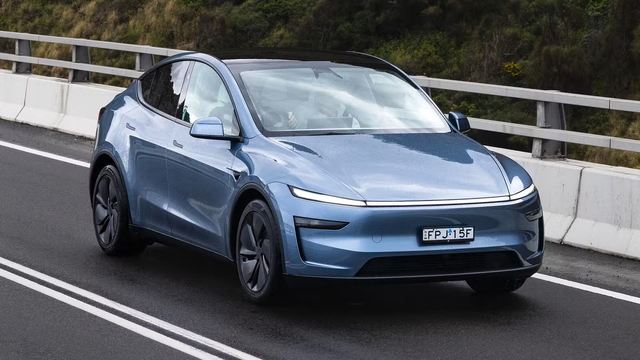
The Tesla Model Y remains the top-selling electric vehicle but did not make the top 10 overall sales list.
Chinese brands are not only targeting the BEV segment but also the PHEV market, which faces fewer taxes compared to pure electric vehicles. This segment is seen as highly lucrative.
In August, over 11,000 Chinese-branded PHEVs were sold, compared to just 779 in the same period last year. BYD ranks 8th globally in PHEV sales, with models like the BYD Seal U, Jaecoo J7, and MG HS all in the top 10.
However, among the top 10 registered models, Volkswagen and Renault dominate. The Volkswagen T-Roc (recently facelifted) leads the region, followed by the Dacia Sandero and Toyota Yaris Cross.
The Tesla Model Y, while the best-selling electric vehicle, saw a 37% sales decline and did not make the top 10 list.
A Pillar of Europe’s Economy
The automotive industry holds a critical position in Europe’s economic and social structure. It is one of the largest manufacturing sectors, contributing approximately 7% to the EU’s GDP and employing nearly 13 million people, or about 7% of the workforce.
Beyond vehicle production, the industry fosters a vast ecosystem of component suppliers, maintenance services, and supporting businesses.
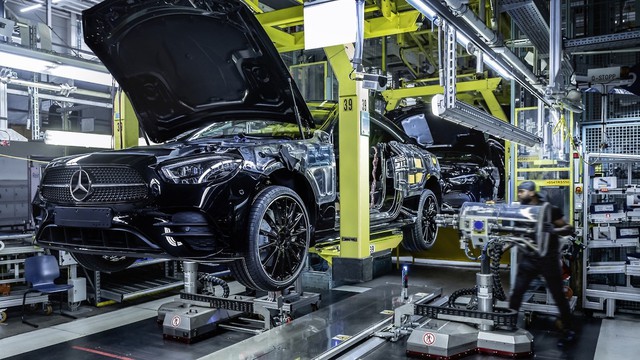
The automotive industry plays a vital role in Europe.
In international trade, automobiles and parts are key exports, generating significant surpluses for economies like Germany, France, Italy, and Central-Eastern European nations.
Beyond its economic role, the automotive sector is a major investor in research and development, focusing on electric vehicles, safety, and smart connectivity. However, it is also heavily influenced by environmental and climate policies, forcing manufacturers to adapt during the energy transition.
In summary, Europe’s automotive industry is both an economic powerhouse and a reflection of technological and policy shifts in the region.
Vietnam’s Most Affordable MPV Gets Even Cheaper: New Model Priced Lower Than Previous Version by Almost $4,000: An Unprecedented Occurrence!
Hyundai recently surprised the market with the unveiling of the Stargazer X, the successor to the previous two generations of the Stargazer.













